I'm studying SYCL at university and I have a question about performance of a code. In particular I have this C/C++ code:
And I need to translate it in a SYCL kernel with parallelization and I do this:
#include <sycl/sycl.hpp>
#include <vector>
#include <iostream>
using namespace sycl;
constexpr int size = 131072; // 2^17
int main(int argc, char** argv) {
//Create a vector with size elements and initialize them to 1
std::vector<float> dA(size);
try {
queue gpuQueue{ gpu_selector{} };
buffer<float, 1> bufA(dA.data(), range<1>(dA.size()));
gpuQueue.submit([&](handler& cgh) {
accessor inA{ bufA,cgh };
cgh.parallel_for(range<1>(size),
[=](id<1> i) { inA[i] = inA[i] + 2; }
);
});
gpuQueue.wait_and_throw();
}
catch (std::exception& e) { throw e; }
So my question is about c value, in this case I use directly the value two but this will impact on the performance when I'll run the code? I need to create a variable or in this way is correct and the performance are good?
Thanks in advance for the help!
